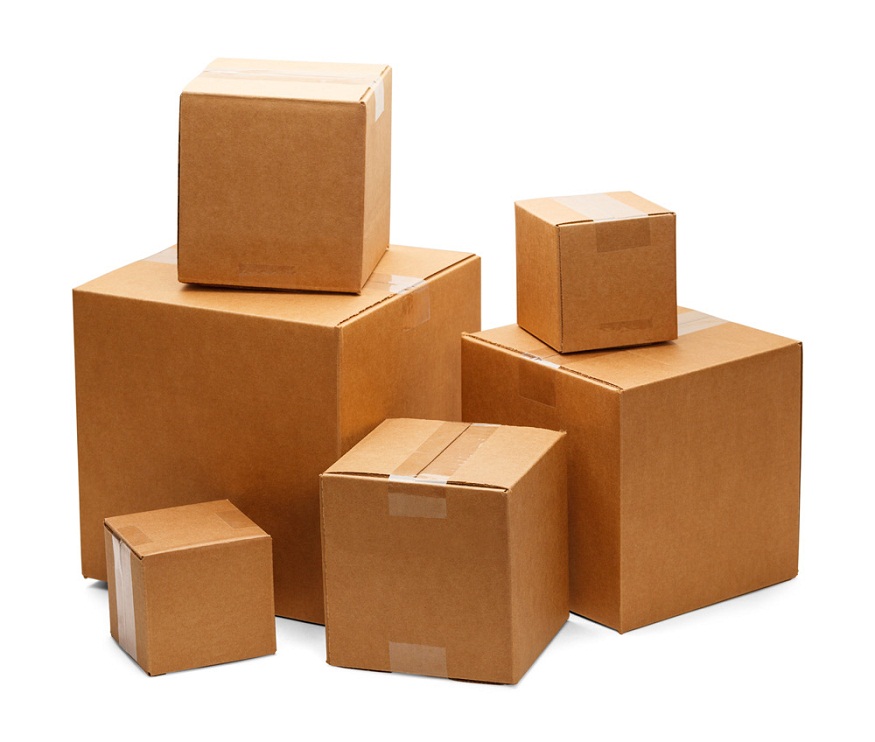Close your eyes!
Imagine it’s your birthday. Your friend has gifted you a brand-new mobile phone.
But wait, you’re not holding just a phone in your hands. There are actually layers of cardboard and paper between you and your new phone.
But why the need for all the packaging?
When a gift is handed to you, you likely experience a genuine thrill, lighting up your face with sheer anticipation and excitement. It’s not about the final prize anymore, it’s about the process of removing paper and cardboard, layer by layer with rising excitement to find out exactly what you’ve been given. And as you get peek through that last layer to see exactly what it is, your emotions may just go through the roof!
All that emotion from some paper and cardboard. But, suddenly, they were part of a mystery and you just had to find out the answer.
That’s the power of packaging. It creates an event out of the everyday. Let’s find out more:
How does your packaging look and feel like?
Packaging conception: Where does it all begin?
Where some work is still done by craftsmen, a lot of the packaging process is completed by machinery. This includes bag sewing machines fitted with thread boxes to swiftly and perfectly seal bagged products, as well as bagging machines which can bulk pack products without compromising quality.
All this machinery can be tailored to suit specific products and businesses. Products are packaged to a high degree to match the benchmark set the company’s brand.
How robust is your package?
This is where the magic of science meets art. Packaging is intended to ensure that a product remains consistent from the time it gets manufactured until it’s opened by a customer. Would you want a damaged product to be delivered to your doorstep? Of course not. You’d want that exact product that was endorsed by your favorite celebrity or better, in the exact form and shape in which you’d imagined using that product before receiving it.
Therefore, it’s necessary to ensure not only the product but also the material in which it’s delivered in is of a high standard. Otherwise, the product can easily be ruined.
Does your package adhere to industrial as well as governmental regulations?
Besides that, packaging must comply with governmental as well as industrial regulations. For instance, if certain medicines are stored in transparent containers, then sunlight may damage the medicine and make it un-consumable. Therefore, all packaging should be considered in regards to how it may affect the product.
Is it recyclable?
Package disposal is one of the most important criteria in designing. Since packaging can reflect a company’s values, they must ensure that their packaging is recyclable and environmentally friendly. Less is more in these situations too – a sustainable brand is appealing for many target markets.
Think about prominent brands and how they package. A good example is the iPhone; it comes in a small box with minimal packaging. Bio-degradable packaging should be used where possible so that it doesn’t negatively impact the environment.
How does your packaging look and feel now?
After determining standards and basic parameters, design plays a key role. Packaging blends engineering and art. While designing the package, various points to be considered are internal properties of the material, external handling and conditions, sustainability, overall product appeal, a reflection of company values and how to foster trust in the brand. Designing is crucial for all products. It can make or break a company’s name.
Many innovations have been made when trying to find the best way to package a product. For instance, bottles with lids. It’s an ingenious way of creating threads in plastic that can fit a lid on it which ensures that the internal beverage doesn’t leak.
How does your product get packaged?
Cost-evaluation of a package plays a pivotal role in manufacturing companies. Determining raw material of the package, its labor costs, storage and vendor-price need to be taken into consideration before it can be finalized. Additionally, a company must also determine the packaging costs in terms of geographical location. If the cost of packaging outweighs the value if the packaging is done at a different location, then the company must find a local vendor to achieve the same result at a more acceptable cost.
How does your product sit on the shelf or get shipped?
After determining the nature of the product, the quantity and the packaging design, the next thing that should be considered is handling and shipping of the product. The packaging must be able to withstand various conditions during shipment, like weather conditions and being moved around different vehicles and stacked on shelves.
The product must be able to withstand sudden movements and shakes, not only keeping the product intact, but also staying appealing. After all, packaging carries a brand name. A good rule of thumb is that it should be able to survive one meter or so drop onto concrete. Think about physical, temperature and moisture damage. Remember, the heavier the product, the stronger the packaging will need to be too.
Finishing touch...
Packages should be full of fun and surprises. Some companies offer promotional coupons and complimentary gifts to the user. These coupons and gifts build brand loyalty and encourage customers to shop again.
The packaging of a product reflects the values of the company. The packaging should create an experience for the customer while also ensuring that the product is delivered to them in pristine condition.






